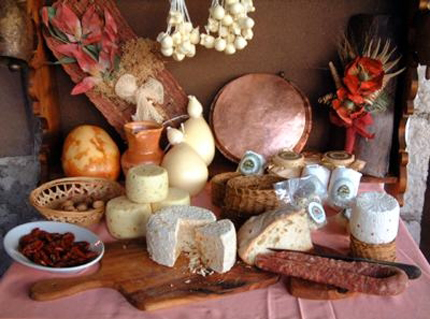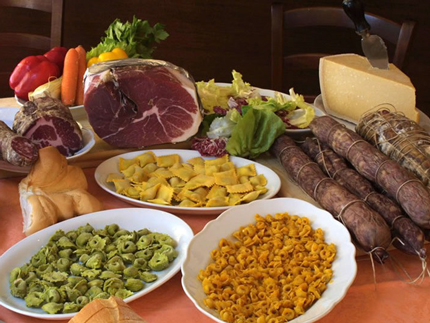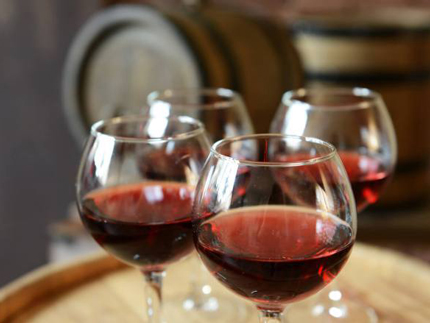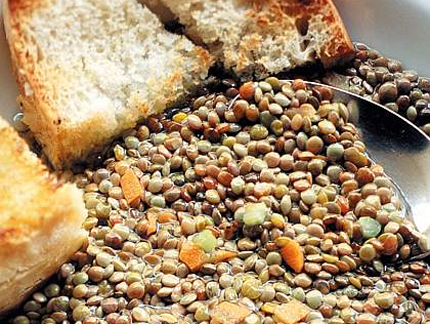Typical products in Umbria
Umbria is the place where the ancient art of butchery was born and where the precious and celebrated black truffle grows.
In this land the ancient romans first and Lombards have risen and religious realities have erected and embellished castles, squares, palaces, churches and abbeys.
The exceptional flavours come from the authenticity of rural life, art and nature. Olive trees stands out among the green hills of Umbria. Some of the main varieties cultivated in our region are: moraiolo, frantoio, leccino.
The Umbrian wines are the Grechetto, the Sagrantino, the Sangiovese, and the Ciliegiolo.
In roman times, the art of processing and preservation of pork was already known in the area of Norcia. The ancient art of pork processing, then called norcineria, has found its historical site in Norcia. The production of ham produced in the communes of Norcia, Preci, Cascia, Monteleone di Spoleto and Poggiodomo, it is left to mature in cool and humid places at an altitude of at least 500m for not less that 12 months.
The saffron of Cascia is a very precious spice of oriental origins, it is produced in a a demarcated area of the Umbria-Le Marche Appennines. This territory includes 18 small communes and Cascia is among them.
The products of our valleys and mountains are numerous. For example pecorino cheese is left to mature inside the cold rooms for a period which may vary from 60 days to 1 year.
Umbria is a huge truffle region producing black and white truffle. It matures from November to March and it is turned into a sauce which is usually used to garnish savoury food, such as pasta or meat.
Castelluccio is a very small hamlet in the commune of Norcia on the foot of Monte Vettore (2500m). The precious lentils cultivated on this level land which are packed in Castelluccio are planted at mid March.
About 20km from Foligno, there’s one of the most important botanical and ornithological site of our Region: the reserve of Colfiorito. Here the product “Patata Rossa di Colfiorito” is a tuber planted in May and harvested between September and October. The red potato is used to prepare typical dishes such as dumplings or the panierini.
The area of Spoleto are well known for their production of marrons, a special variety of chestnuts. Its color is much darker tending to reddish, and its dimension is much bigger. The marron can be eaten roasted, boiled or used to prepare soups and tarts.
In our region are produced different varieties of honey, heather, rape and sunflowers. In Umbria there’s a tradition of typical desserts. In the area of Foligno and Assisi, the rocciata is a cake used in november and during the Christmas time. The “tozzetti” are prepared in Umbria to accompany the sagrantino passito, vernaccia and vinsanto. In Spoleto the crescionda is a typical dessert used since Middle Age. It’s made of amaretto pastries and flour, the central layer is light and soft like a pudding.






